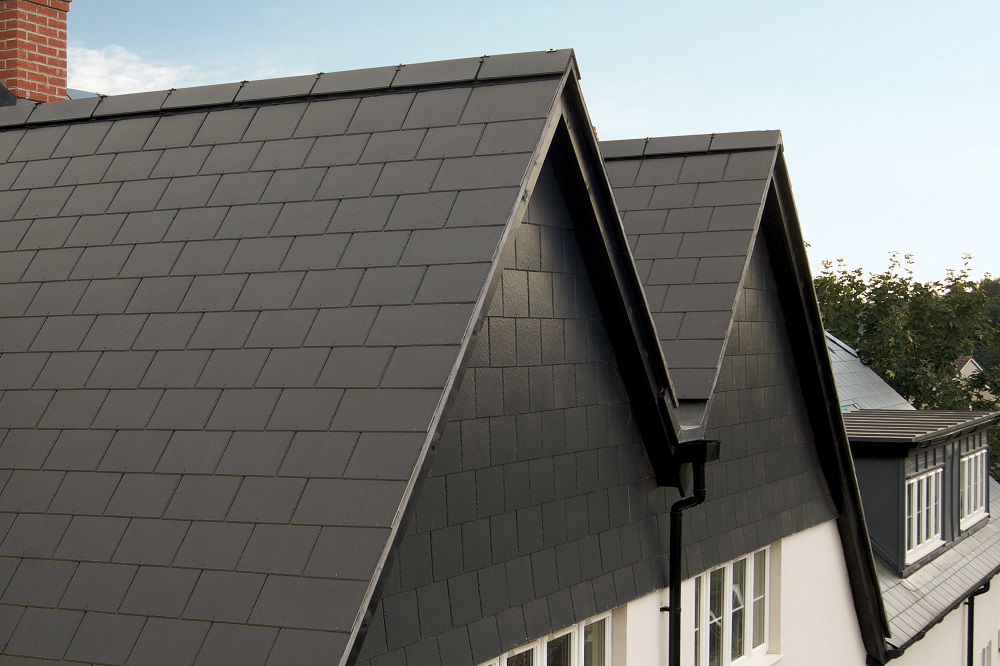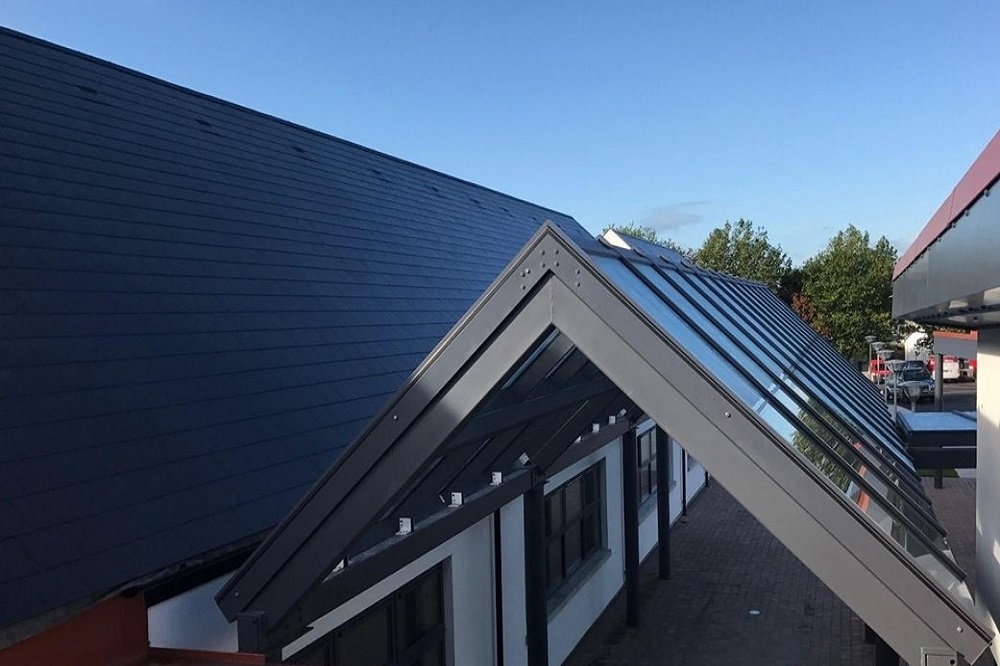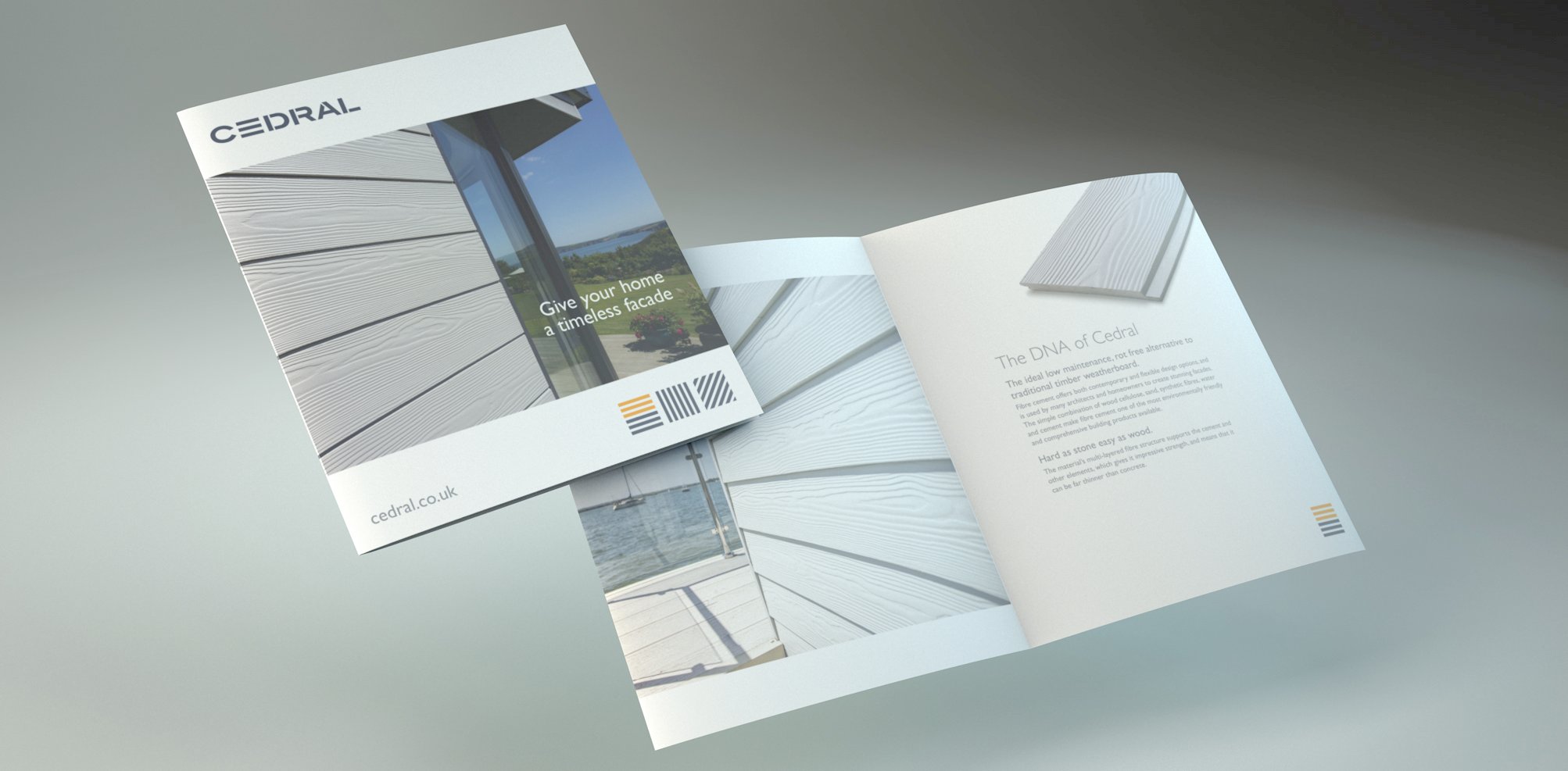
Roofers should always begin a project with up to date knowledge of the latest key industry standards. Cedral recommends contractors revisit the BS 5534 code of practice for installing slates and tiles to pitched roofs – especially in reference to the use of roof battens. A roof specified to this code of practice can be upheld by law, so it is important that the installers have gathered all necessary information or sought advice from the roof slate manufacturer.
Many industry organisations and regulatory bodies including NHBC (National House Builders Council), LABC (Local Authority Building Control and NFRC (National Federation of Roofing Contractors require all roofs to be fitted with fully compliant battens that meet BS 5534 standard. Every timber batten must show it has been graded to BS 5534, and has its size, suppliers name, species of timber as well as a record of a third-party certification scheme, indelibly marked on the timber.

Why use graded roof battens?
Using graded battens ensures the quality and longevity of the roof structure before slates are installed. Although more expensive on the bottom line, graded battens ensures time on site isn’t spent having to assess each individual batten, which would unlikely be done and would leave a roofer open to liability if there is a fault with the roof once the project is completed.
Using ungraded battens also increases wastage by 40% as unsuitable timber is removed from use as the build progresses. This can compromise the quality standard of the final roof structure and will add overall costs to the project.

The fixings
Once graded satisfactorily, battens then need to be fixed to rafters at the centres, not more than 600mm apart with battens spanning at least three trusses, so are no shorter than 1.2metres.
It is advised that galvanised nails are chosen when fixing treated timber battens to avoid corrosion over time, with nails positioned through the middle of the batten, to meet the middle of each rafter. If the roof is located near the coast or high areas where weather may be more extreme, the use of zinc coated nails is recommended.

The underlay
The purpose of the underlay is to reduce the wind load acting upon the roof tiles by taking the wind load itself. The key to a long-lasting roof membrane is to meet a point where the membrane is not stretched and cannot balloon and then touch the back of the roof tiles, potentially pushing them up and out of position.
It has long been in roof installation guidelines and codes of practice that additional timber battens are installed over the horizontal lap between courses of underlay to prevent a failure of the membrane. While this can cause a trip hazard for roofers working in precarious positions, the correct installation of underlay will help to ensure a roofer is not required back to fix a failing roof in years to come.
The slates
Within the BS 5534 code of practice there are guidelines covering each method of installing tiles and slates.
The fixing requirements for slates has increased. For example, all single-lap slates will need to be mechanically fixed to the battens, with perimeter tiles also requiring a minimum of two fixings per tile.
When using Cedral slates over tiles, the guidance specifies that the roofer considers the prevalence of driving rain during a year. On the British Isles, the areas exposed to the heaviest and most persistent rain are the regions facing the Atlantic Ocean and Irish Sea along the west coast of the Isles, from Cornwall, along the coast of Wales and into the Scottish west coast and western isles off the mainland. The driving rain in relation to the location and the pitch of the roof helps to determine the required head-lap.
When installing slates, the minimum roof pitch should be 20, and is dictated by the length, thickness and head-lap of the slate. While the use of natural slate will lead to many pieces being different sizes requiring careful sorting before the roof is laid, using Cedral fibre cement slates ensures each tile is manufactured to the same size and dimension making the installer’s job much easier.
Double lap slates should be fixed with at least two nails to every slate using nails appropriate to the thickness of the slate and their position on the roof. The key is to ensure clear, secure penetration of the fixing through the slate and at least 15mm into the batten.

Cedral’s range of fibre cement slates can be fit in accordance with BS 5534, and our products are supplied along with comprehensive technical information. It is the responsibility of the roofer to ensure the code of practice has been followed but the Cedral technical team will also be available to offer roofers and contractors installation guidance and provide recommendations to optimise the performance of the slates once secured in position.
